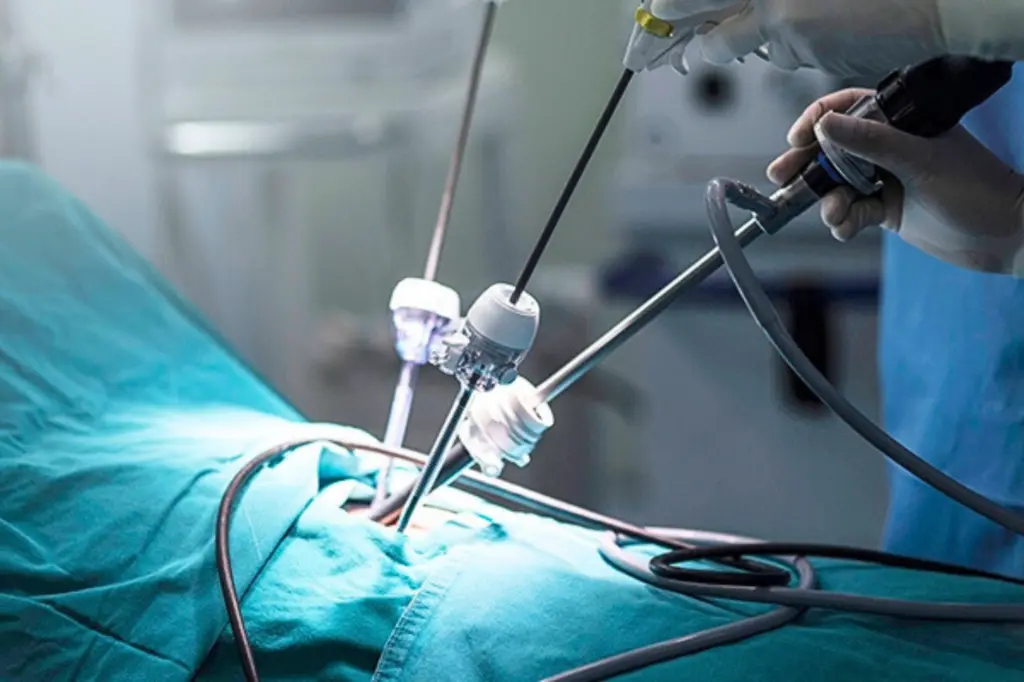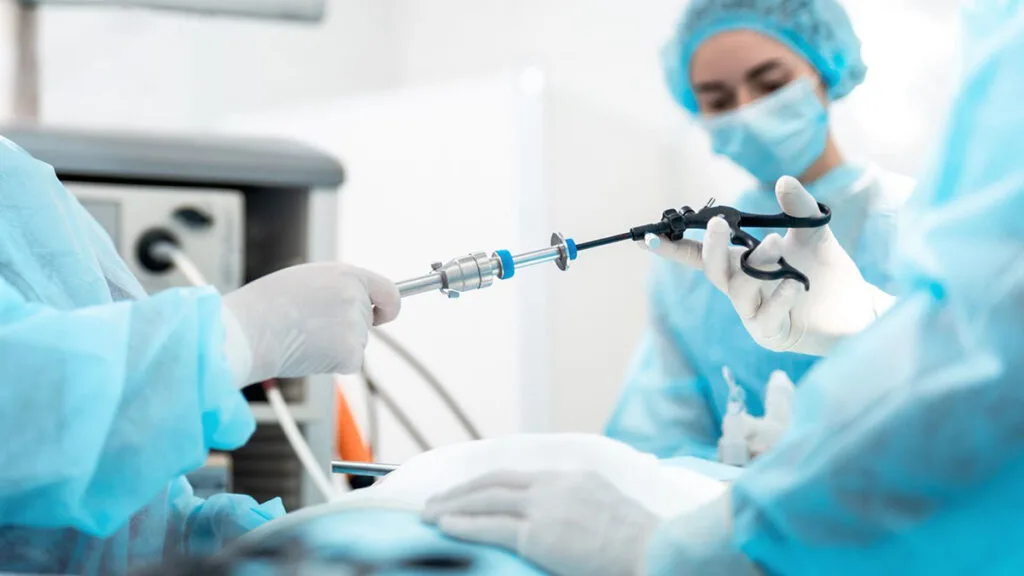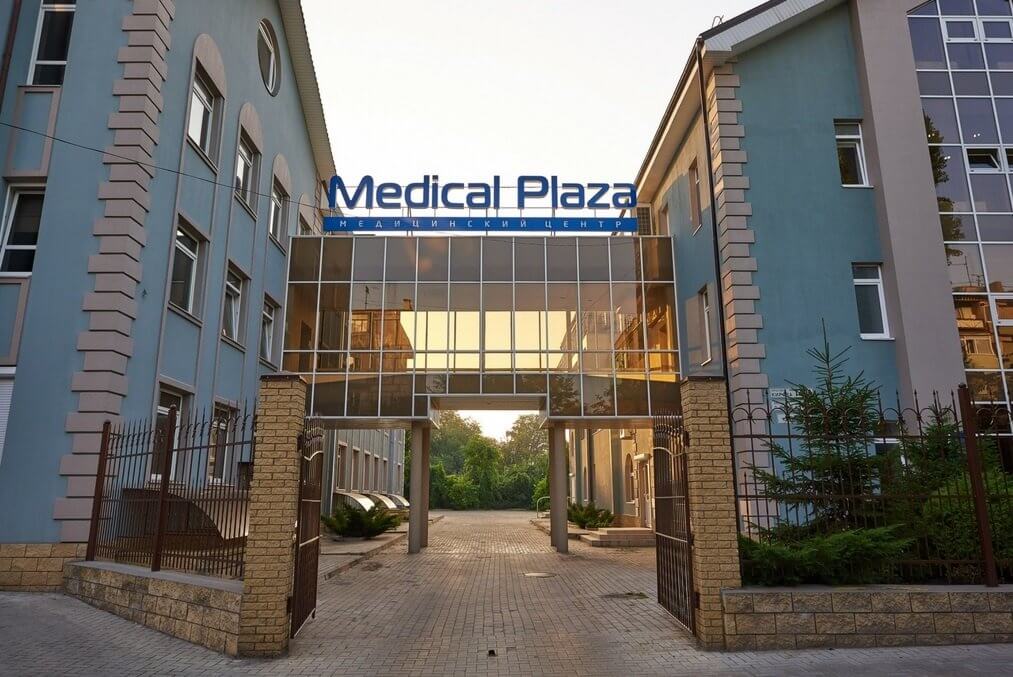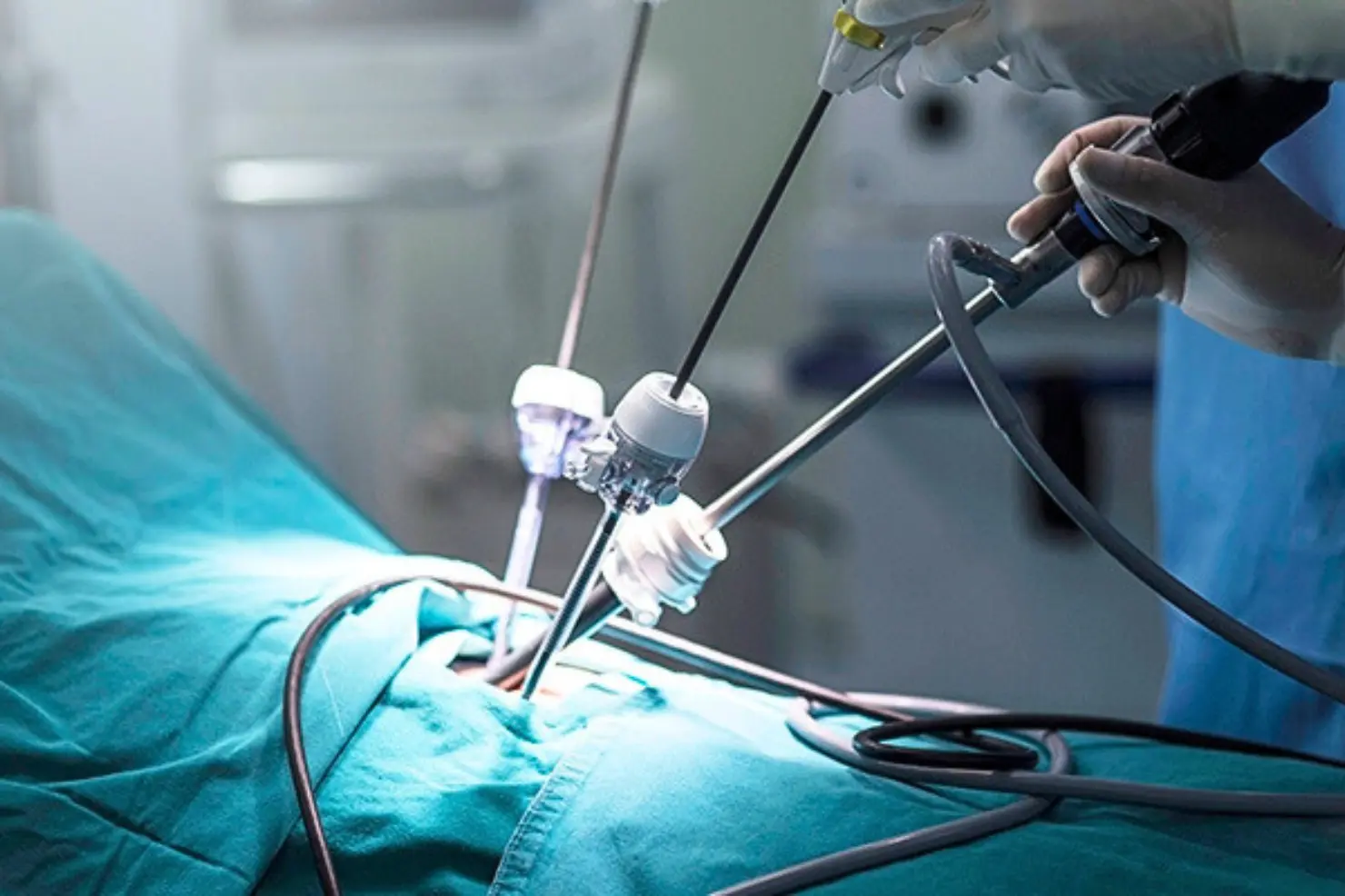Laparoscopy is a minimally invasive surgical technique used in the diagnosis and treatment of many diseases. In modern medicine, great attention is paid to minimizing trauma during surgical procedures. Therefore, laparoscopy rightfully holds a leading position today. Once considered an innovative technique, it has now become the “gold standard” for a wide range of surgical procedures. This technique allows surgeons to perform highly complex manipulations in a minimally invasive way through several small incisions, which makes it possible to reduce trauma to healthy tissues, shorten the postoperative rehabilitation period, and lower the risk of complications.
Laparoscopy represents a new level of safety and efficiency of surgery. This is why leading medical centers around the world have adopted this technique and are actively applying it. MedTour Company cooperates with the best clinics that use laparoscopic techniques to perform operations with exceptional precision and high effectiveness.
In this article, we will explore the essence of the method and identify the advantages that have made laparoscopy an indispensable tool in the hands of a modern surgeon.
Would you like to receive a free consultation?
What is Laparoscopy: The Essence of the Method

Unlike traditional (open) surgery, where the surgeon gains access to organs through a large incision, laparoscopy involves small punctures. Usually several incisions of 1-2 centimeters in size are made. Through them, the surgeon inserts a laparoscope and all the necessary surgical instruments, and thus performs the operation.
Laparoscopic surgery is performed in the following sequence:
- Creating the working space. At the beginning of the operation, a special needle is inserted into the abdominal cavity through one of the small punctures (usually in the navel area), through which medical carbon dioxide (CO2) is supplied. This lifts the anterior abdominal wall and creates a “working space”.
- Insertion of the laparoscope and surgical instruments. A laparoscope is inserted through one of the incisions. It is a thin tube equipped with an optical system and a light source. The laparoscope’s camera transmits an enlarged image of the surgical field to the monitor. In this way, the surgeon sees the surgical field on the screen. Surgical instruments are also inserted.
- Performing the surgery. Under visual control on the monitor, the surgeon performs the necessary manipulations using the inserted instruments: removal of organs, excision of formations, etc.
- Completing the surgery. After the required surgical steps are completed, the instruments and laparoscope are removed, and the carbon dioxide is released from the abdominal cavity. The small incisions are sutured.
Such surgeries are performed under general anesthesia. The duration of these procedures depends on the type of surgery and the patient’s condition. For example, laparoscopic appendectomy usually lasts 30-60 minutes.
Modern surgery also actively employs endoscopy. This is a minimally invasive method similar to laparoscopy, which differs in that access to the surgical site is carried out through the body’s natural openings.
Would you like to receive a free consultation?
Key Advantages of Laparoscopy

Performing surgeries using this method provides a number of significant benefits. The main ones include:
- Minimal trauma. Performing the surgery through several small punctures minimizes damage to muscles and skin.
- Less blood loss. Due to the smaller amount of tissue being cut, blood loss during surgery is significantly reduced.
- Less postoperative pain. Because of minimal tissue trauma, postoperative pain is significantly less pronounced compared to open surgeries.This also reduces the need for strong painkillers.
- Fast recovery and rehabilitation. Recovery after laparoscopy is much faster than after open surgery. Within just a few hours after the procedure, a person can already get out of bed. Hospital stay is also shorter, and patients return to normal life much faster compared to traditional surgery.
- Lower risk of complications. Small incisions reduce the likelihood of infection. The risk of adhesions is also reduced.
- Better cosmetic result. Small scars remain at the incision sites, and they are almost invisible. For many patients, this is an important additional benefit.
- Greater surgical precision. The laparoscope provides a magnified view of internal organs, allowing the surgeon to see the smallest details and perform surgical manipulations with higher accuracy and safety.
- Diagnostic opportunities. Laparoscopy can be used not only for treatment, but also for accurate diagnosis. Diagnostic laparoscopy may be necessary to make an accurate diagnosis if other methods (ultrasound, CT, MRI) do not provide a complete picture.
These advantages make laparoscopy the preferred method for treating many conditions.
Would you like to receive a free consultation?
When Laparoscopic Surgery is Used?
The main areas where laparoscopic methods are applied include:
- Gynecology. This surgical approach can be used for many gynecological conditions that require surgical intervention. For example, laparoscopic ovarian cyst removal may be performed. In this way, uterine fibroids can be removed, laparoscopic uterine surgery (hysterectomy) can be performed, and endometriosis and ectopic pregnancy can be treated.
- General surgery. This method is often used to treat hernias: inguinal, umbilical, and femoral. It is considered the most gentle technique for hernioplasty. Other common general surgeries include laparoscopic gallbladder removal, laparoscopic appendectomy, and removal of the spleen (splenectomy).
- Bariatric surgery. Laparoscopy can also be used in the treatment of obesity. For example, laparoscopic gastric bypass surgery may be performed.
- Urology. Laparoscopic kidney surgery (this can be the removal of the kidney or part of it), prostatectomy, treatment of varicocele, and cystectomy can also be performed using laparoscopic methods.
- Diagnostic laparoscopy. In cases where other diagnostic methods fail to provide a precise diagnosis, direct inspection of the abdominal cavity using laparoscopy may be required. It allows the surgeon to visually examine abdominal organs and assess their condition, which is a crucial diagnostic tool. For example, diagnostic laparoscopy may be used in cases of chronic pelvic pain of unknown origin. It is also employed in infertility assessment to check fallopian tube patency, detect adhesions, and identify other causes of infertility.
Would you like to know if laparoscopic surgery is suitable for your condition? Contact us to receive a free consultation. Our MedTour coordinating doctor will inform you about possible treatment options and help you choose a clinic.
Would you like to receive a free consultation?
Contraindications to Laparoscopy
Absolute contraindications for laparoscopy include acute infectious processes, such as peritonitis, severe heart and lung diseases, and blood clotting disorders.
Relative contraindications include: severe adhesive disease, extreme obesity, and excessively large tumors that need to be removed. In case of relative contraindications, the final decision on whether to use laparoscopic treatment methods is made by the surgeon, taking into account the individual patient’s condition.
Possible Complications after Laparoscopy
Despite being less traumatic compared to open surgery, laparoscopy can also lead to complications. Among the most common postoperative complications are:
- Bleeding. May occur within the first hours or days after surgery.
- Infections. These may affect the area of incisions or, less commonly, be localized in the abdominal cavity.
- Adhesion formation. As with any surgery, there is a risk of adhesions developing in the abdominal cavity.
However, the incidence of complications after laparoscopy is significantly lower than after traditional open surgeries.Moreover, if the procedure is carried out in advanced clinics by highly qualified surgeons, the risk of complications is minimal.
MedTour will help you find the best specialists who perform laparoscopic surgeries for your condition. Contact a MedTour coordinating physician to receive detailed information about clinics and doctors.
Would you like to receive a free consultation?
Laparoscopy: Procedure Cost

The cost of surgery depends on many factors. The main ones include:
- The country where you will undergo treatment.
- The medical center you choose. Prices can vary significantly between public hospitals and private clinics.
- The type of surgery. For example, the cost of ovarian cyst laparoscopy in Ukraine starts from 12,000 UAH, while inguinal hernia laparoscopy costs from 20,000 UAH.
- The surgeon’s qualifications. The experience and reputation of the doctor also influence the cost of the procedure.
To find out the cost of a specific laparoscopic surgery in the country and clinic you are interested in, contact a MedTour medical coordinator.
Would you like to receive a free consultation?
Where to Have Laparoscopy: How to Choose a Clinic?

Laparoscopic techniques are now applied in most advanced clinics. However, in order for the surgery to be performed with the highest quality and best possible outcome, it is very important to choose the right medical facility.
When choosing a clinic, pay attention to the following factors:
- Clinic rating and its specialization.
- Experience and qualifications of the surgeon. Laparoscopy is a manual-dependent technique, and the outcome directly depends on the surgeon’s skills.
- The technical equipment of the clinic, and whether modern technologies are used.
- Patient reviews. Learning about other patients’ experiences can provide valuable insights.
- The cost and level of service provided.
The MedTour company has been involved in medical tourism for a long time and cooperates with the best clinics in different countries of the world. We will help you choose the medical facility and surgeon that best meet your needs. For example, if you are interested in Ukraine, we collaborate with leading clinics such as Manufactura, Mediland, Medical Plaza. If you are interested in Turkey, we work with renowned centers such as Istinye Liv, Medicana, Medipol.
A MedTour medical coordinator will provide you with detailed information and help you make the right choice, ensuring the highest possible level of medical care without excessive expenses.
Do you have any questions?
Get a free consultation from our experts





